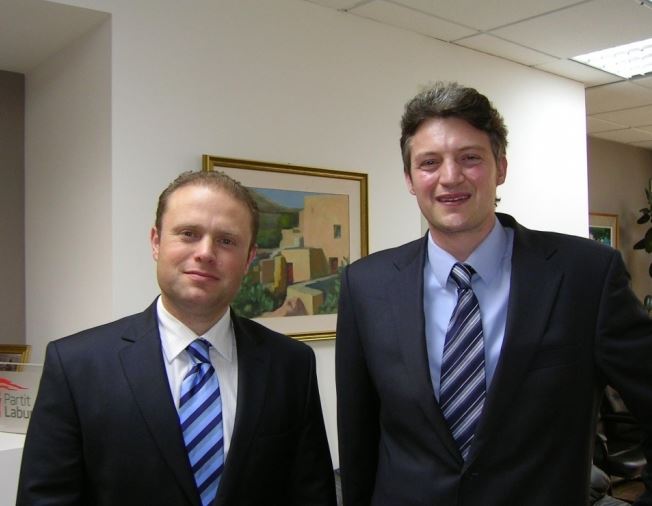GUEST POST: Why the Mizzi+Muscat+Grech+Schembri deal with Electrogas is corrupt
When Malta experienced a massive power cut in January, it was blamed on the interconnector with Sicily. On the Monday morning after that previous night’s outage, Enemalta’s CEO said that when the lights went out all over Malta, Delimara 1 had been producing just 47MW while 148MW were supplied via the interconnector.
It is crucial for people to know that the total of 195MW (148+47) can be supplied by Delimara 1 (capacity of 110MW) and Delimara 2 (BWSC plant, capacity of 150MW), but Delimara 2 could not be used because it was being converted to gas operation.
Then Malta experienced a second widespread power outage in February, and again the interconnector with Sicily got the blame. It was delivering 132MW of Malta’s power requirement when it suddenly decided to play up, we were told. Again, Delimara 2, with its 150W capacity, was still not available – but had it been, Malta would have had adequate capacity to deal with the emergency.
Yesterday, Malta went through the third massive power outage in as many months. This time, Enemalta could not or would not say what capacity was being delivered when the interconnector, which it blamed for the outage, packed up. But we were told that the BWSC plant and the Electrogas plants were switched on and could provide the necessary generating capacity.
The government will continue to use these three instances as the reason why Malta needs a third power station, when to anyone with a basic understanding of the facts, and who is capable of critical assessment, the opposite is apparent and confirms that the previous government’s strategy in this sector was correct.
This strategy was to use the interconnector for the main supply, because it is the cheaper source; to use Delimara 2 (BWSC) to meet peak demand; and to use Delimara 1 when either Delimara 2 or the interconnector cannot be used for whatever reason.
The deal with Electrogas is corrupt not necessarily because Electrogas is going to make an unreasonable return, but because this private company, which is partly owned by the state of Azerbaijan, is going to be the defacto main supplier of power generation when Malta does not need this additional third power station at all. And it will be the main supplier at rates which are higher than the alternatives which are available already.
In brute terms, Konrad Mizzi, Louis Grech, Keith Schembri and Joseph Muscat have given the businesses owned by Tumas and Gasan an operation with a guaranteed return running into the hundreds of millions of euros, when they have not invested anything at all.
All financing has come from the banks on the back of guarantees from the government of Malta or, after clearance from the European Commission, of the government of Malta’s commitment to buy all the electricity which Electrogas produces for the next 18 years, whether Malta needs it or not, whether Malta can get it cheaper and more conveniently elsewhere or not.
It should be highlighted that the much-vaunted “European Commission clearance” is specific to the returns that Electrogas will make. The European Commission is totally silent on the matter of whether it is in Malta’s best interests to commit to buying everything produced by the State Oil Company of Azerbaijan and its business partners in Electrogas – Fenech, Gasan and Apap Bologna – even when there are cheaper alternatives. This is where the corruption lies.

